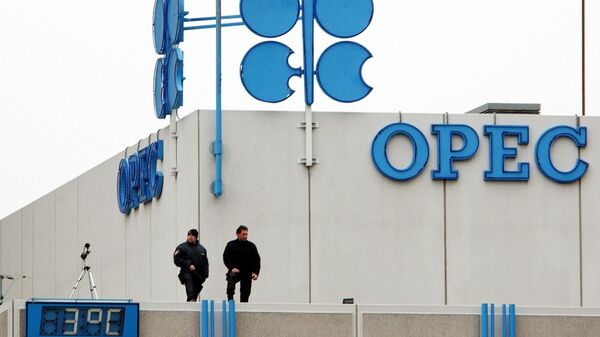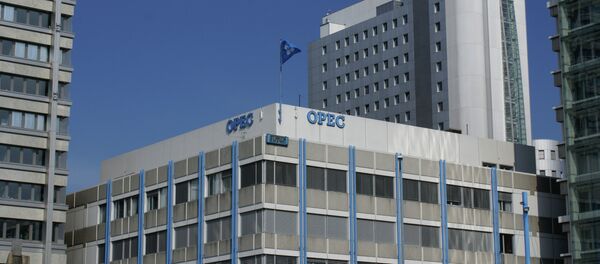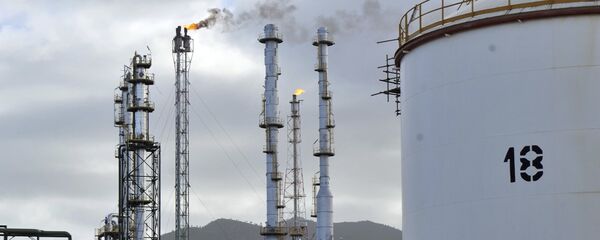"I believe that if there is a sustained lift in prices there may be another cut in output. This may be counter-intuitive but it is part of the experiment," McConnell, who is currently the Executive Director of the Energy and Environment Initiative at Rice University, said.
On Wednesday, the OPEC states reached an agreement to freeze daily oil output for the whole organization. The commitment date of oil output freeze will be presented at the cartel's upcoming meeting in November.
"If prices go back down, there will likely be pressure to increase production…… They must run market tests and I believe this is the first of a series of tests we will see," McConnell said.
"Volume of oil produced at lifting costs that are much better than anywhere else in the world is only maximized when the next available barrel to replace production causes prices to rise. It has risen short term, but 5% is not a large amount," McConnell explained saying that OPEC countries are now "looking at their cost positions and profit margins and doing the optimization analysis."
On Wednesday, OPEC decided to establish a technical committee to study a mechanism of sharing oil production between individual countries.
In April, major oil-producing states failed to reach an output-freezing agreement in Doha, Qatar. Saudi Arabia, which had previously said that it would freeze output only if Iran followed suit, cited Tehran’s absence from the talks as the reason for not supporting an output freeze.
Global oversupply and stagnating demand have caused oil prices to plunge from $115 per barrel in June 2014 to less than $30 per barrel in January 2016. Prices recovered amid Nigeria's and Venezuela's output outages and growing demand in May, reaching a peak of over $50 per barrel in early June.





